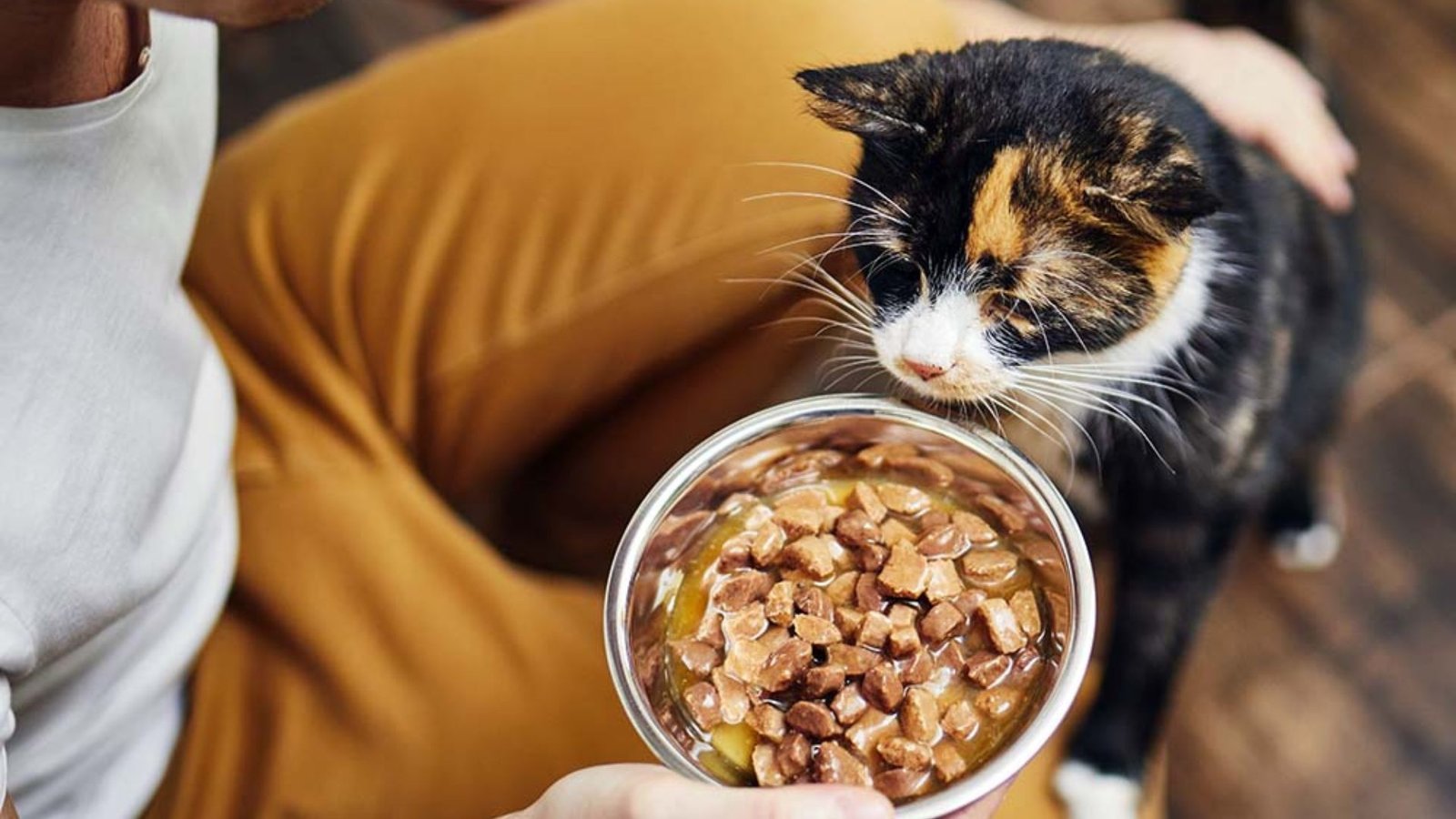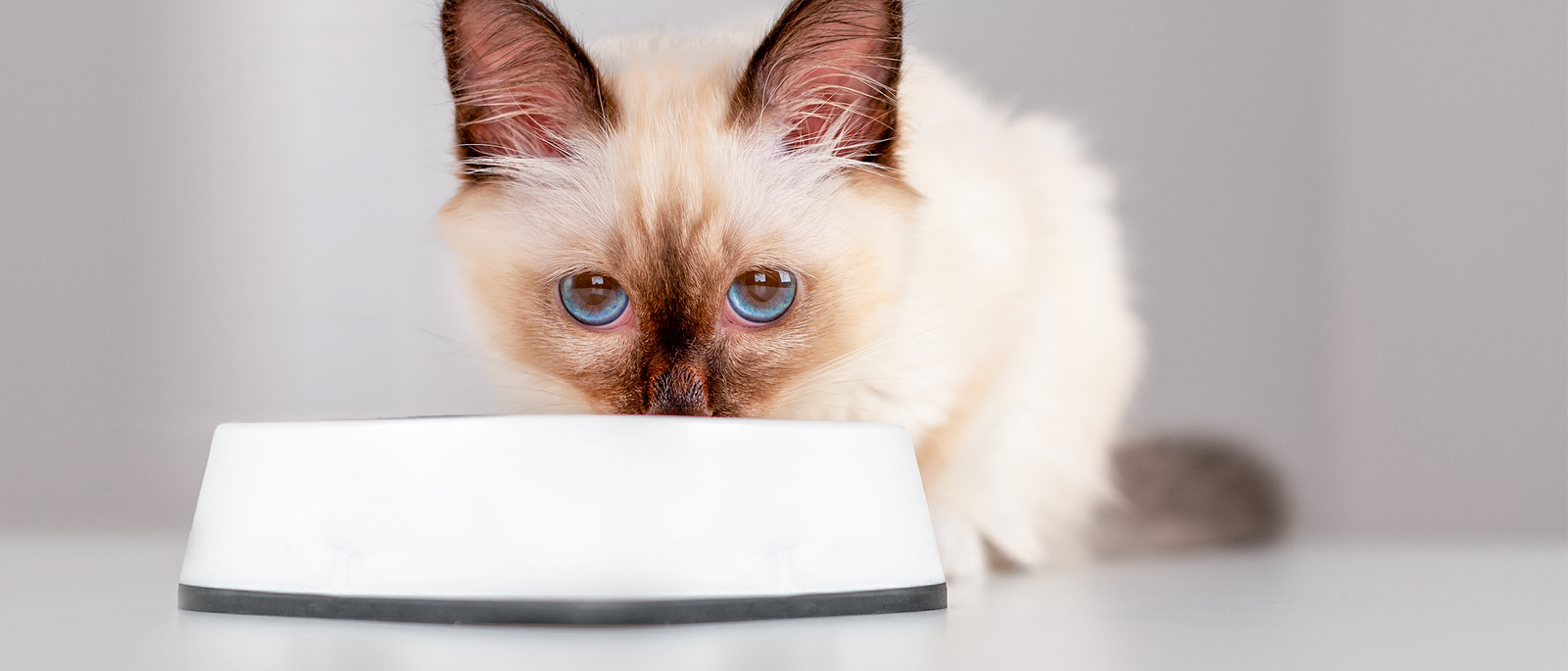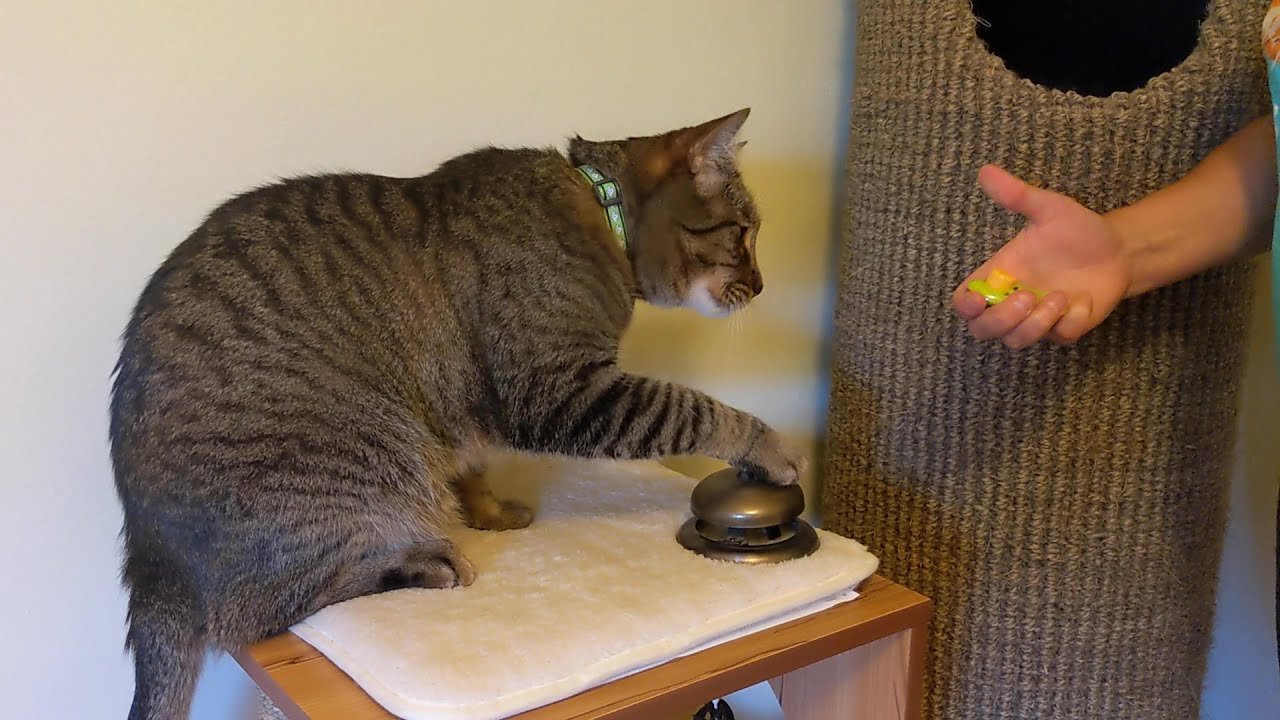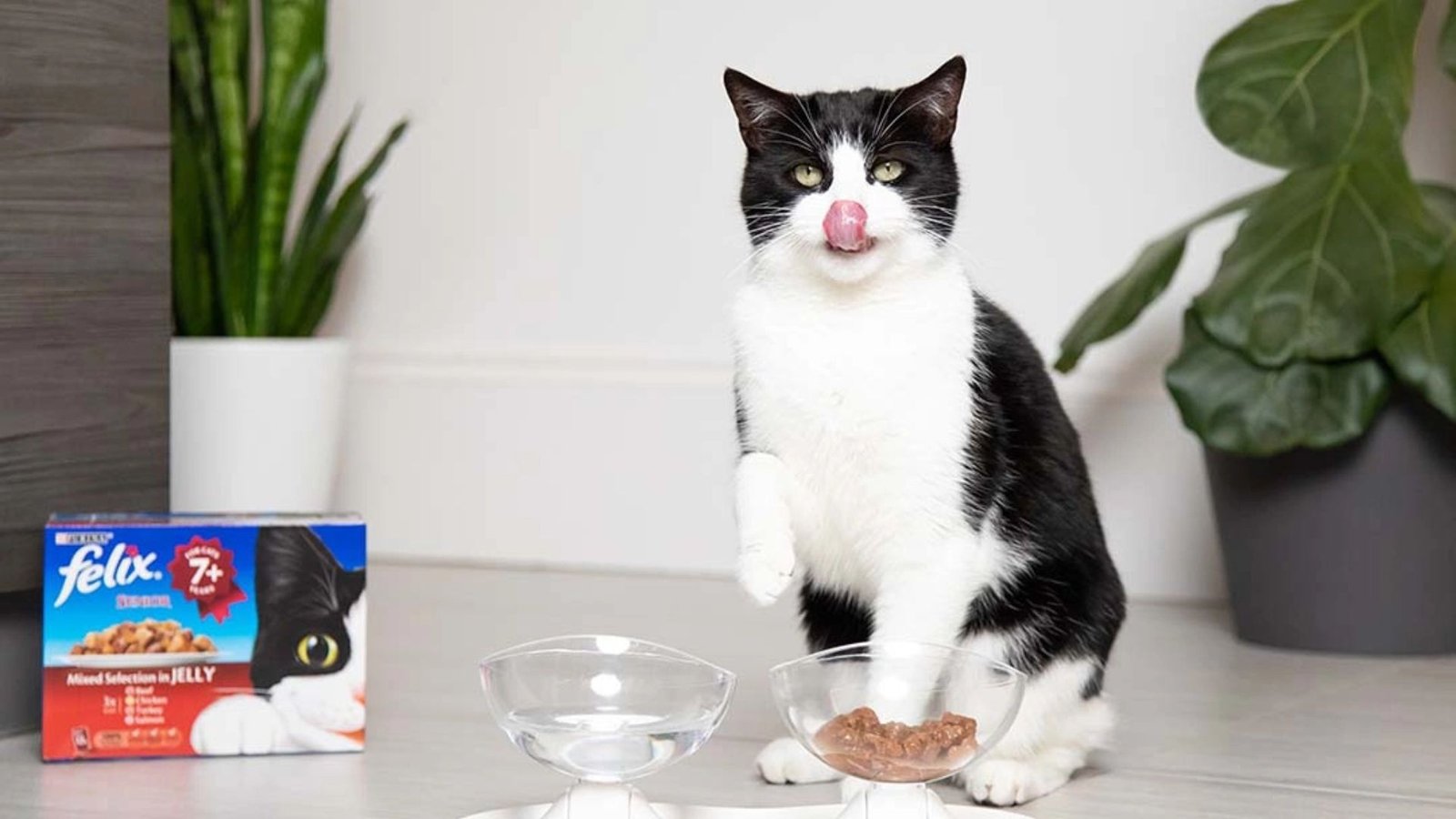Is your cat constantly turning up their nose at their food? It can be frustrating when your cat refuses to eat or only picks at their meals. But don’t worry! Dealing with picky cat food eaters is something many cat owners face, and there are several strategies to help encourage better eating habits. In this guide, we’ll look at the reasons behind picky eating and provide practical tips to get your cat eating again.
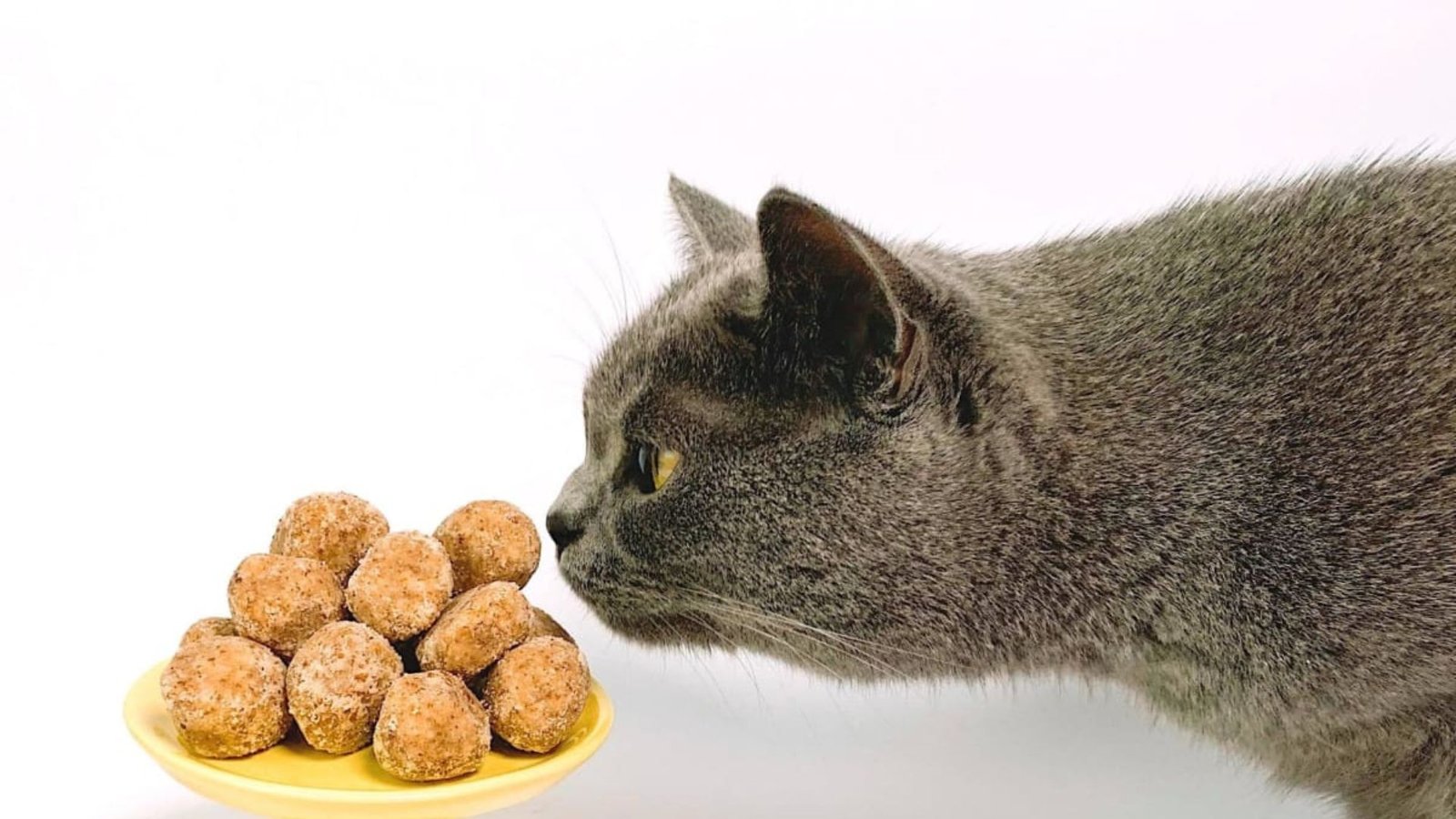
1. Understand Why Cats Are Picky Eaters
Before addressing your cat’s picky eating habits, it’s essential to understand why they might be rejecting their food. There are several common reasons:
1.1 Health Issues
Sometimes, a cat’s picky eating is linked to health problems. Dental issues, digestive problems, or underlying illnesses like kidney disease or hyperthyroidism can make eating uncomfortable or painful.
- Signs to watch for: Weight loss, vomiting, excessive drooling, or difficulty chewing.
- Solution: If you notice any unusual behavior or symptoms, consult your vet to rule out health problems.
1.2 Changing Diet or Routine
Cats are creatures of habit, and sudden changes in their food or feeding routine can make them anxious or confused. They may not accept new food or changes to their eating schedule.
- Solution: Gradually transition your cat to a new food by mixing a small amount of the new food with their old food over 7-10 days.
1.3 Boredom with Food
Cats, especially indoor ones, can get bored of eating the same food day after day. If your cat is refusing to eat, it might be a sign they need some variety.
- Solution: Rotate different flavors or types of food to keep things exciting. Try wet food, dry food, or a combination of both.
1.4 Environmental Stress
Changes in the home environment, such as moving to a new house, introducing a new pet, or loud noises, can cause stress and affect your cat’s appetite.
- Solution: Try to create a calm, quiet space for your cat to eat, away from any distractions or stressors.
2. Tips to Encourage Picky Eaters to Eat
If you’ve ruled out health issues and environmental stress, here are several effective ways to get your picky cat to eat:
2.1 Offer a Variety of Foods
As mentioned, variety is essential for picky eaters. If your cat refuses one type of food, try another. Many cats prefer wet food over dry food because it’s more flavorful and aromatic.
- Solution: Offer both wet and dry food, or try different flavors (chicken, tuna, turkey, etc.). You can even try mixing the two types to see if your cat prefers a combination.
2.2 Warm the Food
Cats love food that’s warm and aromatic. If your cat’s food is too cold, it may not appeal to them. Warming the food slightly can bring out its natural scent and make it more tempting.
- Solution: Heat the wet food in the microwave for a few seconds (make sure it’s not too hot), or let it sit out to come to room temperature.
2.3 Create a Calm Eating Environment
Cats feel more comfortable eating in a quiet, relaxed space. If your cat is eating in a busy or noisy area, they may avoid their food.
- Solution: Set up a quiet, peaceful feeding area away from distractions, such as children, other pets, or loud noises. Try placing their food in a low-traffic spot where they feel safe.
2.4 Try Puzzle Feeders or Interactive Toys
Picky eaters may become more interested in their food if they have to “work” for it. Puzzle feeders or interactive toys can make mealtime more fun and engaging for your cat.
- Solution: Invest in a puzzle feeder that encourages your cat to solve a challenge before getting their meal. This can stimulate their natural hunting instincts and make eating more enjoyable.
2.5 Use Food Toppers or Broths
Sometimes, adding a little extra flavor to your cat’s food can make it more appetizing. You can use food toppers or broths designed for cats to enhance the taste and smell.
- Solution: Add a small amount of tuna juice, chicken broth, or a specially designed food topper to your cat’s meals. This will add extra flavor and may tempt your cat to eat.
2.6 Stick to a Feeding Schedule
Cats thrive on routine. If your cat is free-fed (food left out all day), they might become picky and snack whenever they want. Creating a regular feeding schedule helps establish routine and hunger.
- Solution: Set consistent meal times (e.g., breakfast and dinner) and stick to the schedule. Pick up any uneaten food after 20-30 minutes to establish that meals are “time-limited.”
3. When to Consider a Change in Diet
If you’ve tried all the tips above and your cat is still a picky eater, it might be time to reconsider the type of food you’re offering. Cats are individuals, and their food preferences can vary widely.
3.1 Switch to a Higher-Quality Food
Some cats are picky because the food isn’t high-quality or flavorful enough. Low-quality foods can lack the protein and moisture that cats crave. Consider switching to a premium brand with high-quality animal protein and no artificial additives.
- Solution: Look for food with named animal proteins (like chicken, turkey, or beef) as the first ingredient and no fillers like corn or soy.
3.2 Try Special Diets for Picky Eaters
Some brands offer food specifically designed for picky eaters. These formulas are typically more aromatic, flavorful, and easier to digest.
- Solution: Look for food labeled “for picky eaters” or try a premium wet food designed to be irresistible to cats.
3.3 Consider Homemade or Raw Diets
If you’re open to preparing food for your cat, a homemade or raw diet might be a great option for picky eaters. These diets allow you to control the ingredients, and many cats find them more appealing than commercial foods.
- Solution: Consult with a veterinarian to ensure you are providing balanced, nutritious meals. A raw or cooked homemade diet could be the key to getting your cat to eat.
4. Consult a Veterinarian
If your cat’s picky eating continues despite trying various strategies, it’s time to consult your vet. Persistent refusal to eat or dramatic weight loss can be signs of a medical condition, such as dental disease, gastrointestinal issues, or kidney problems.
- Solution: A vet can help diagnose any underlying health problems and recommend the best food for your cat’s specific needs.
5. Conclusion: Helping Your Picky Cat Eat
Dealing with picky cat food eaters can be challenging, but it’s important to remain patient and try different approaches. Offer variety, create a calm eating environment, and consider warming their food or using food toppers to make meals more appealing. If your cat continues to refuse food, it’s always best to consult a vet to rule out health problems. By paying attention to your cat’s preferences and needs, you can help them develop healthy eating habits and ensure they stay happy and well-nourished.

